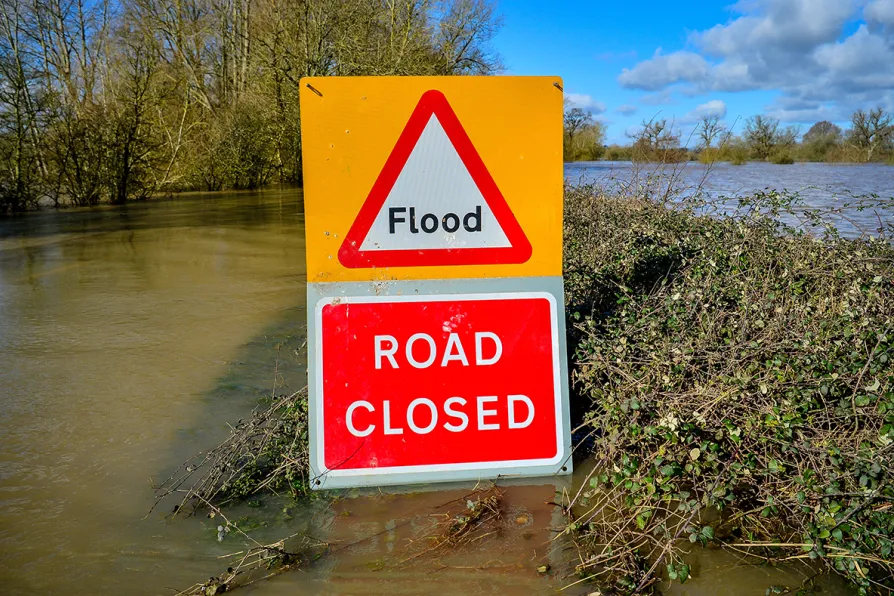

COUNCIL funding pressure is putting communities at increased risk of flooding, local authorities warned yesterday.
The cost of maintaining flood defences has risen sharply, leading to demands for a change to funding arrangements for proper protection.
The District Councils Network (DCN) says internal drainage boards have seen their costs rise by an average of 28 per cent over the last two years. The councils collect levies to fund the boards.
Sam Chapman-Allen, DCN chairman and Tory leader of Breckland Council, said: “It is only by properly funding flood prevention that defences can be maintained and we avoid catastrophic flooding threatening life and livelihood.
“Internal drainage authorities have little option but to pass their higher costs onto councils — and in response councils have no choice but to further cut back on the local services which are vital for supporting local communities and growing local economies.”
Solutions being canvassed by the DCN include government fully funding the drainage boards and removing the council tax cap.
“We urge ministers to work with us to ensure those living in areas at risk of flooding are not unfairly penalised through the form of higher tax bills and a reduction in the services upon which we all depend,” Mr Chapman-Allen said.
Paul Redgate, chairman of the Local Government Association special interest group for drainage board levies and deputy leader of South Holland District Council said: “The embedded cost is one that our councils simply can no longer afford.
“We need the government to listen and work with us to deliver a long-term solution.
A Department of the Environment spokesman said: “Protecting communities around the country from flooding is an absolute priority for this government, which is why we will be launching a flood resilience taskforce to turbocharge the delivery of flood defences, drainage systems and natural flood management schemes.
“The government will also take steps to ensure we are building more high-quality, well-designed and sustainable homes and creating places that increase climate resilience and promote nature recovery.”














